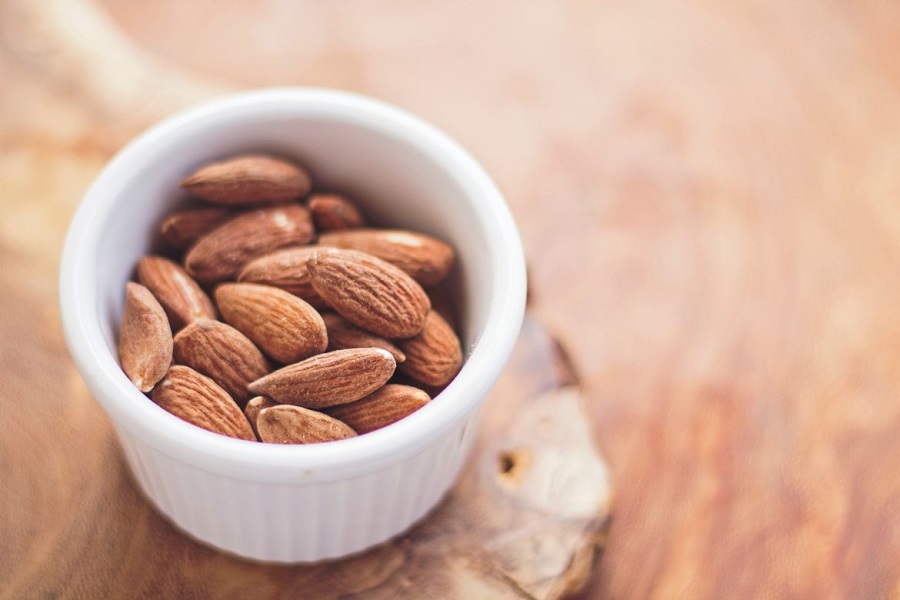You may have a general idea of why we need protein, but knowing a bit more than the basics can help you maximize the benefits of protein and function at your best.
The Structure of Protein
The word protein actually refers to a rather large molecule, made up of smaller pieces called peptides. Peptides, in turn, are made up of amino acids – the most basic building blocks of protein. So after digesting proteins, the amino acids are what is left to absorb for the body to use. There are 20 total amino acids that get divided into three categories. Once absorbed, they combine in different ways to make various proteins. The order in which the amino acids combine determines the unique structure and function of the protein.
Essential
There are eight essential amino acids which we have to eat because we cannot make them on our own. These include histidine, isoleucine, leucine, lysine, methionine, phenylalanine, threonine, tryptophan, and valine.
Non-Essential
We are able to produce non-essential amino acids even if we don’t eat them. Nonessential amino acids include alanine, asparagine, aspartic acid, and glutamic acid.
Conditionally Essential
The third category of amino acids are called conditional. These include arginine, cysteine, glutamine, tyrosine, glycine, ornithine, proline, and serine. These are not usually considered essential, but in times of illness and stress we need more of these making them essential in these situations.
Protein Function
There’s a reason we need to eat protein regularly – it has countless key functions in the body! These functions include growth, repairing tissues, providing structure, helping with transport and storage, and serving as antibodies, enzymes and messengers like hormones. It is easy to see how a lack of protein or failure to digest it well might make you feel less than optimal!
Protein Sources
Most people can identify at least a few sources of protein. How many can you list? Animal sources include meat, poultry, eggs, dairy, shellfish, and fish. Plant sources of protein are beans/legumes, soy, nuts/seeds and grains. In general, plants offer less protein than animal sources, and we are able to absorb protein much more efficiently from animal sources. This is known as bioavailability.
Just as we encourage you to source high-quality fruits and veggies, we urge you to source your proteins with care. Your best options include grass-fed, organic, and non-GMO whenever possible. If using plants for protein, opt for organic, and/or non-GMO. (Organic status automatically means the item hasn’t been genetically modified).
When it comes to red meat, the difference in nutrition between conventionally raised and pastured is significant. Grass-fed animals contain 2-4 times more omega-3 fats (anti-inflammatory) than grain-fed beef and 2-3 times more CLA, a type of fat that may be protective against cancer, heart disease, and diabetes. Additionally, meat from grass-fed cows also has seven-times more beta-carotene (precursor to vitamin A) and 2 times more vitamin E than grain-fed beef.
How Much Protein Do I Need?
Protein needs vary across ages, activity levels, health status, stress and illness, etc. In general, a good rule of thumb is to shoot for a palm-sized portion with each meal, and about half that for snacks. This amounts to 3-4 oz per meal, depending on your palm size.
Interested in learning more about your protein needs? Schedule a Functional Nutrition Plan today
2. A review of fatty acid profiles and antioxidant content in grass-fed and grain-fed beef


